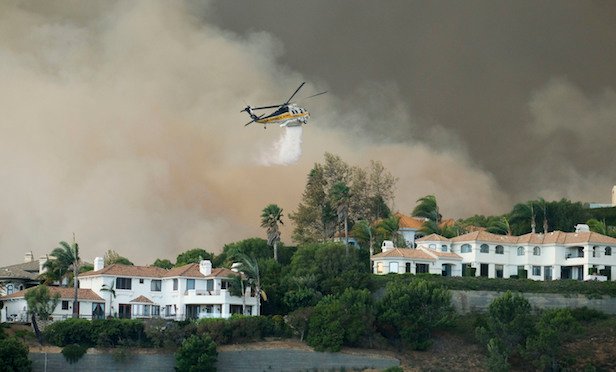 Wildfire smoke contains chemicals, gases and fine particles that can harm health. The greatest hazard comes from breathing fine particles in the air, which can reduce lung function, worsen asthma and other existing heart and lung conditions. (Photo: AP Photo/Ringo H.W. Chiu)
Wildfire smoke contains chemicals, gases and fine particles that can harm health. The greatest hazard comes from breathing fine particles in the air, which can reduce lung function, worsen asthma and other existing heart and lung conditions. (Photo: AP Photo/Ringo H.W. Chiu)
The destructive wildfires throughout California have resulted in the loss of life and property and are stretching the resources to fight them. As we progress into late summer and fall, the danger will continue. Everyone must take precautions and stay aware of weather conditions to prevent human-caused fires.
Recommended For You
Want to continue reading?
Become a Free PropertyCasualty360 Digital Reader
Your access to unlimited PropertyCasualty360 content isn’t changing.
Once you are an ALM digital member, you’ll receive:
- Breaking insurance news and analysis, on-site and via our newsletters and custom alerts
- Weekly Insurance Speak podcast featuring exclusive interviews with industry leaders
- Educational webcasts, white papers, and ebooks from industry thought leaders
- Critical converage of the employee benefits and financial advisory markets on our other ALM sites, BenefitsPRO and ThinkAdvisor
Already have an account? Sign In Now
© Touchpoint Markets, All Rights Reserved. Request academic re-use from www.copyright.com. All other uses, submit a request to [email protected]. For more inforrmation visit Asset & Logo Licensing.







